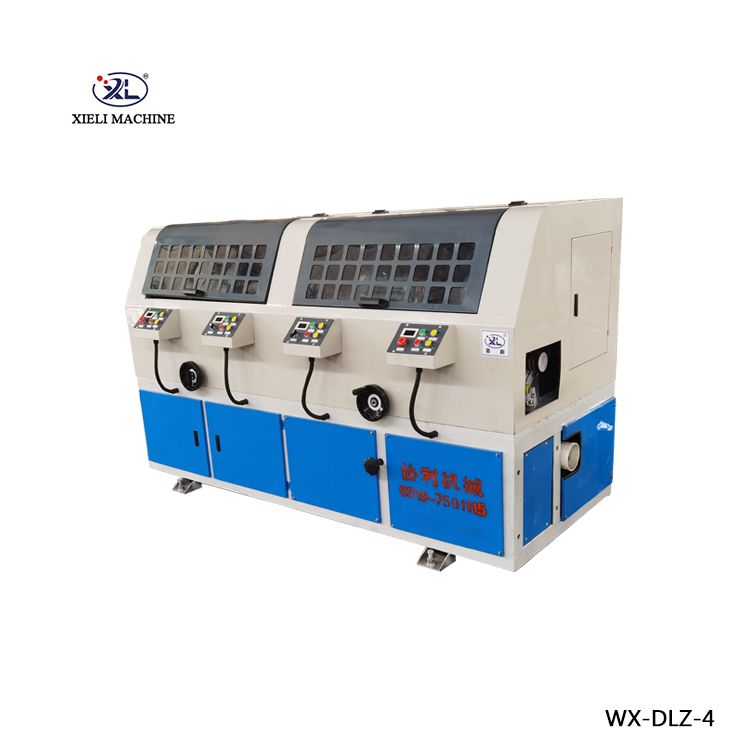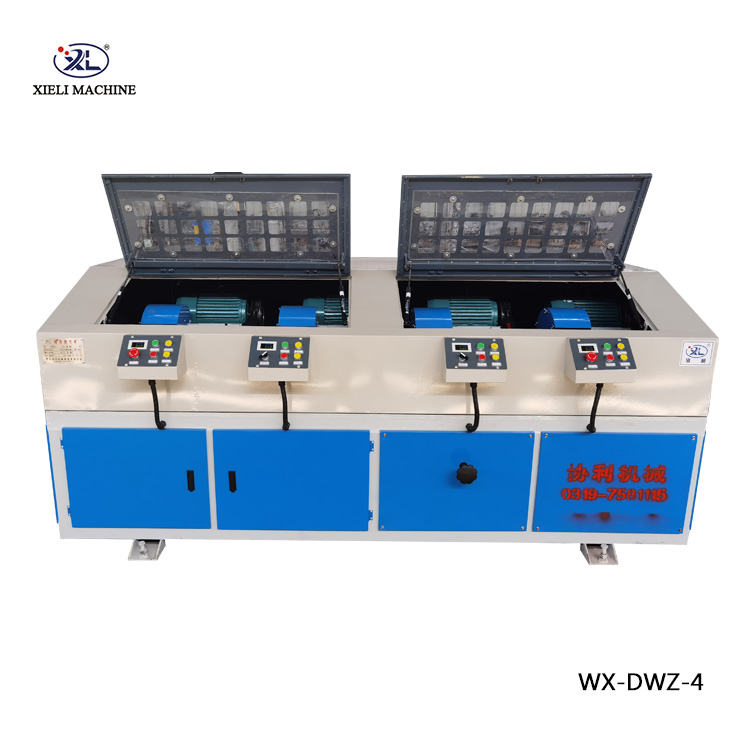Understanding Centerless Grinding A Comprehensive Overview
Centerless grinding is a precise manufacturing process used to shape and finish metal components with exceptional accuracy. Unlike traditional grinding, where the workpiece is secured between two centers, the centerless grinder operates without the need for any central support. This unique method allows for continuous production and enhanced efficiency, making it an essential technique in various industries.
The Mechanism of Centerless Grinding
The centerless grinding process primarily consists of three key components the grinding wheel, the regulating wheel, and the workpiece. The grinding wheel is responsible for removing material from the workpiece, while the regulating wheel controls the rotation and axial movement of the workpiece. This dual-wheel setup allows for simultaneous grinding and straightening, resulting in high precision and consistency.
The workpiece is placed in a position between the grinding wheel and the regulating wheel, which is inclined at a slight angle. When the grinding wheel rotates, it grinds the exterior surface of the workpiece, while the regulating wheel, rotating at a slower speed, pushes and aligns the workpiece against the grinding wheel. This setup not only facilitates efficient material removal but also enhances the surface finish of the finished product.
Types of Centerless Grinding
There are primarily two types of centerless grinding through-feed grinding and in-feed grinding.
1. Through-Feed Grinding This method is used for producing long, cylindrical parts. The workpiece is fed into the machine and continuously pushed through the grinding area, allowing for high production rates. It is ideal for items like rods, tubing, and similar shapes where the entire length is to be processed.
2. In-Feed Grinding In contrast, in-feed grinding is utilized for manufacturing shorter or more complex parts. In this case, the workpiece is placed into the machine and is fed in an in-feed direction—typically moving radially into the grinding wheel. This process is particularly useful for parts with a shoulder or varied diameters that require closer tolerances.
Advantages of Centerless Grinding
Centerless grinding offers several advantages that make it a preferred choice in many manufacturing environments
centerless grinder

- High Efficiency The process allows for continuous operation, significantly reducing manufacturing time and increasing productivity.
- Precision and Consistency Centerless grinding maintains tight tolerances, ensuring that each part produced meets exact specifications every time.
- Versatility The technique can be adapted to work with various materials, including metals and plastics, catering to diverse applications across industries such as automotive, aerospace, and medical.
- Reduced Handling Since the workpieces do not need to be clamped or held by centers, handling is simplified, further enhancing the efficiency of the manufacturing process.
Applications of Centerless Grinding
Centerless grinding is extensively used across a wide range of industries. In the automotive industry, it is instrumental in manufacturing components like axles, crankshafts, and hydraulic pistons. Aerospace applications often require precision parts that can benefit from the accuracy of centerless grinding, including landing gear and turbine shafts. The medical sector also relies on this method for producing high-precision components such as surgical instruments and implants.
The Future of Centerless Grinding
As manufacturing technologies continue to advance, centerless grinding is also adapting. New innovations, such as CNC (Computer Numerical Control) centerless grinders, are enhancing the precision and automation of the grinding process. This evolution will likely lead to even more efficient production methods and expanded applications in the future.
Conclusion
In conclusion, centerless grinding is a vital process that combines high efficiency, precision, and versatility for various manufacturing needs. As industries continue to demand greater accuracy and lower production costs, the importance of centerless grinding will only grow. Understanding its mechanics, advantages, and applications allows manufacturers to leverage this technique effectively, ensuring they remain competitive in an ever-evolving market.





